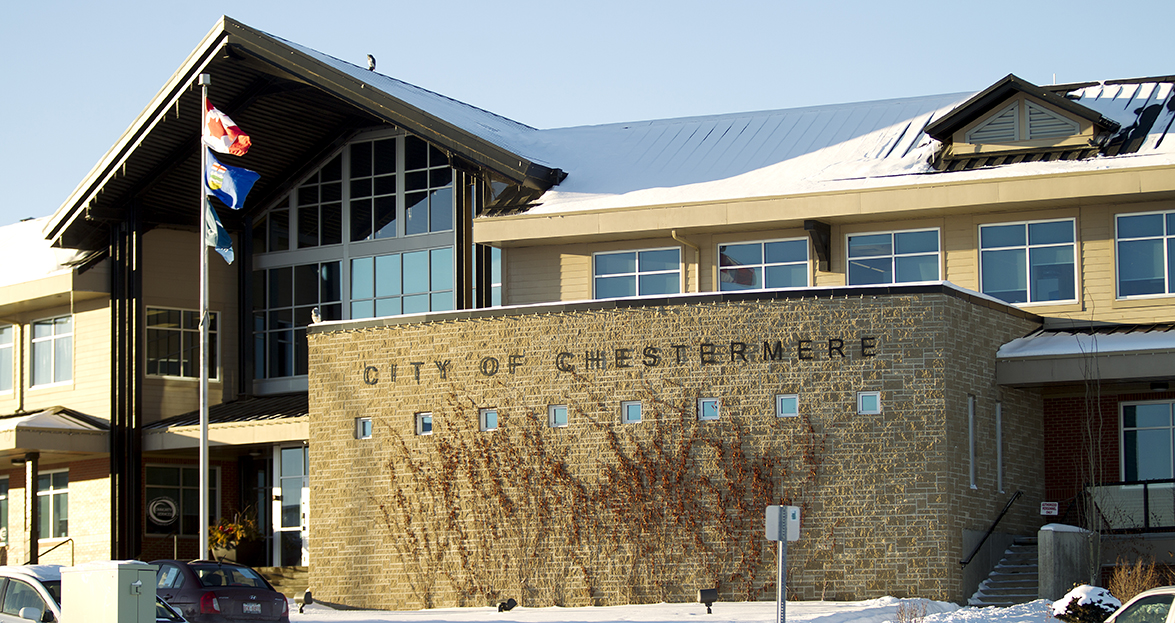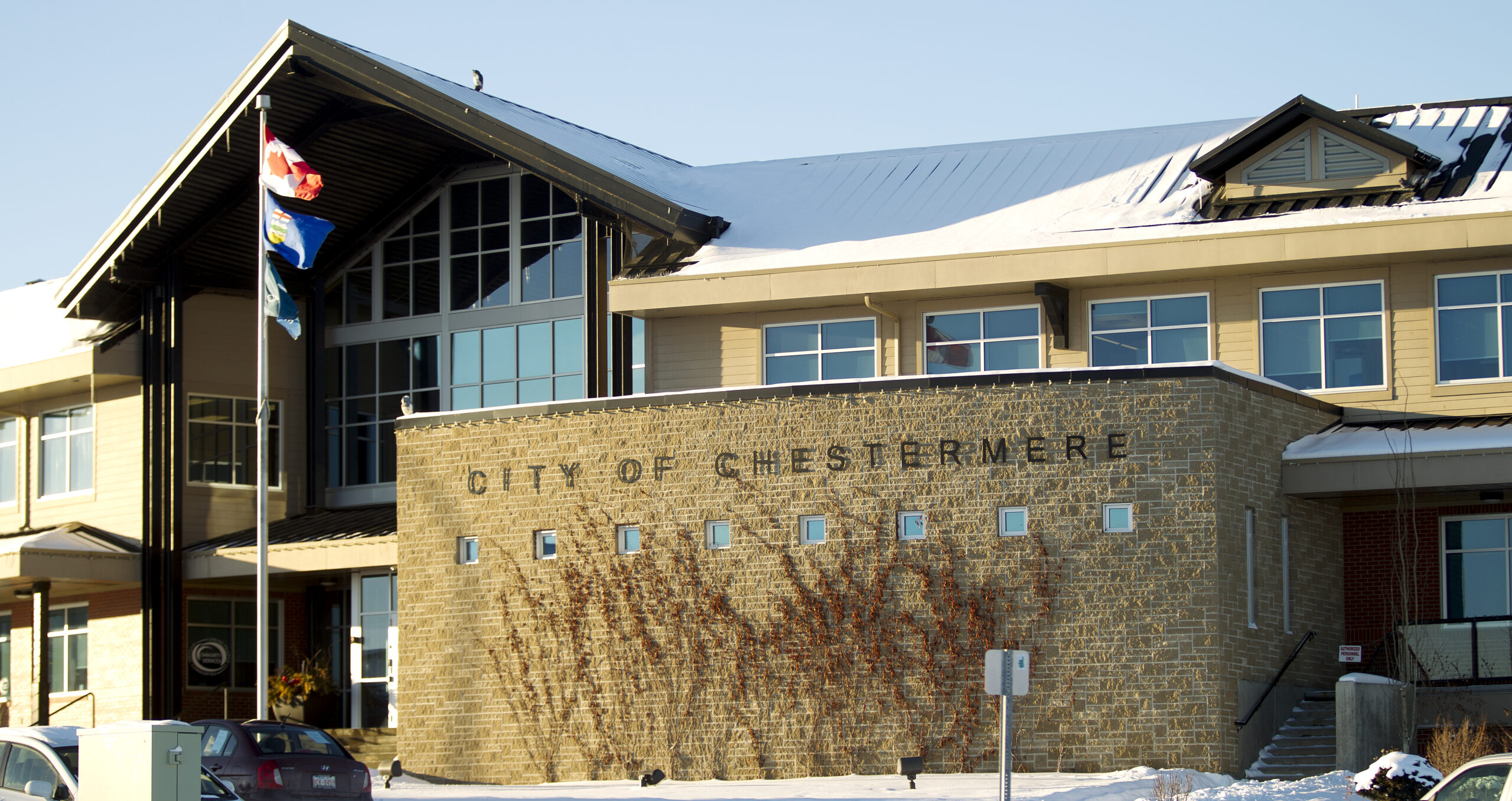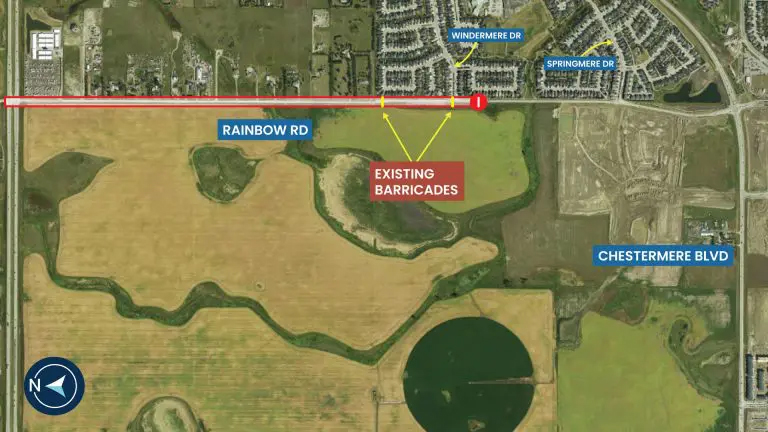City administration is reviewing the safety and feasibility of recreational activities on storm ponds.
City Director Cam Wong explained to council during the Sept. 20 meeting, that administration is collecting data such as the depth of the storm ponds, water samples, and looking at each pond on a case-by-case basis.
“One of our priorities is to get skating back on the ponds, it happened here for years,” City Councillor Shannon Dean said.
A risk assessment was completed between 2020 and 2021 which indicated the ice thickness is unpredictable due to climate and freezing cycles, and that organics, vegetation, road run-off, and pollutants can affect the quality of the ice.
In November 2021, council created a mayor’s task force of residents and council members to review the safety of recreational activities on the storm ponds.
In December 2021, council directed administration to test the thickness of the ice on the storm ponds to determine how safe recreational activities would be.
“When you look at the runoff, a lot of the contaminants and everything going in there, it’s hard to control some of the contaminants into the storm ponds,” Wong said. “We can only control what’s currently in there, and how to treat it, we can’t control what’s going into it.”
By the end of 2021, signage was updated and added to every access point to the storm ponds.
Chestermere Fire Service (CFS) performed ice thickness testing and collected data from late 2021 to early 2022 until resources were no longer available, Wong’s council presentation said.
Wong presented two options for council, including conducting additional risk assessments, however, he didn’t anticipate the results of the assessment to change.
Wong also recommended that council continue to review the storm pond operations, review ways to reduce risk, and continue to research best practices from other communities that allow storm ponds to be used recreationally.
“The best option is to review each storm management facility independently, determine if there’s a lower risk, research data from engineering and stormwater departments, and allow support from community safety to help identify the depth of ponds,” Wong said.
City administration’s action plan includes classifying the type of pond, determining the in and out flow of the ponds, determining the frequency of testing the ice thickness, reviewing the time of year when the ponds would be considered the safest, and collecting data on the depth of the water.
“It’s unpredictable under there, if you drill a hole, then go even 5 metres past that, there’s no guarantee that’s what it is underneath, that’s one of the challenges,” Wong said. “Unless we drill holes like Swiss cheese it would be very difficult to determine.”
Going forward, city administration will continue to work on public education and awareness.










